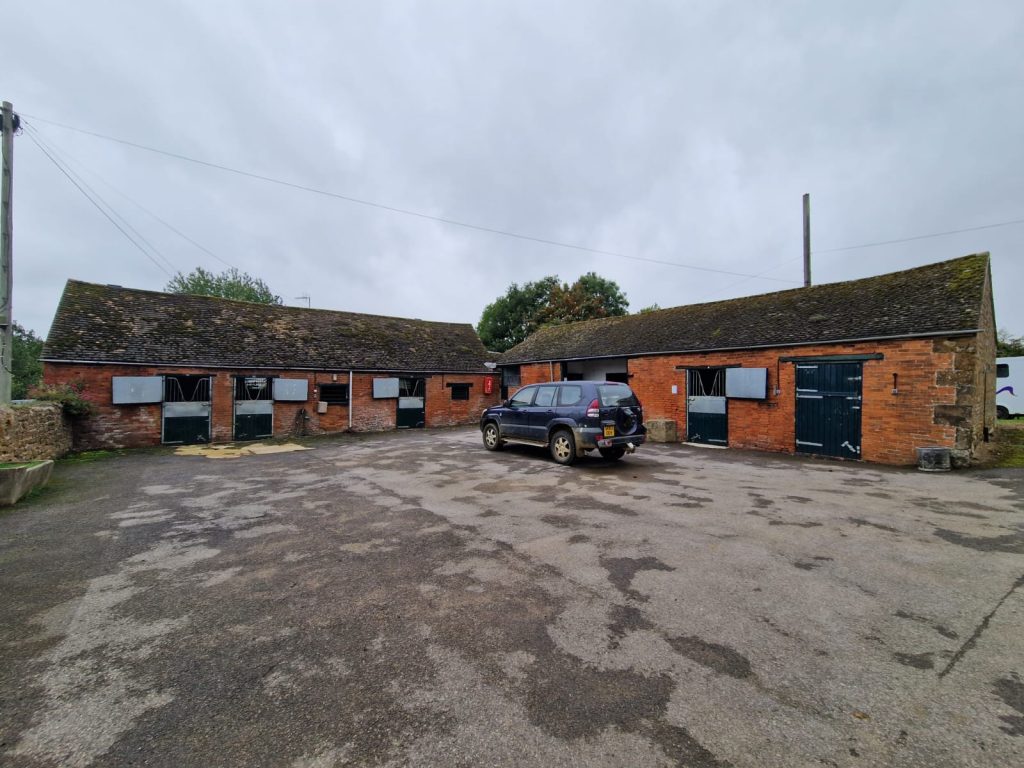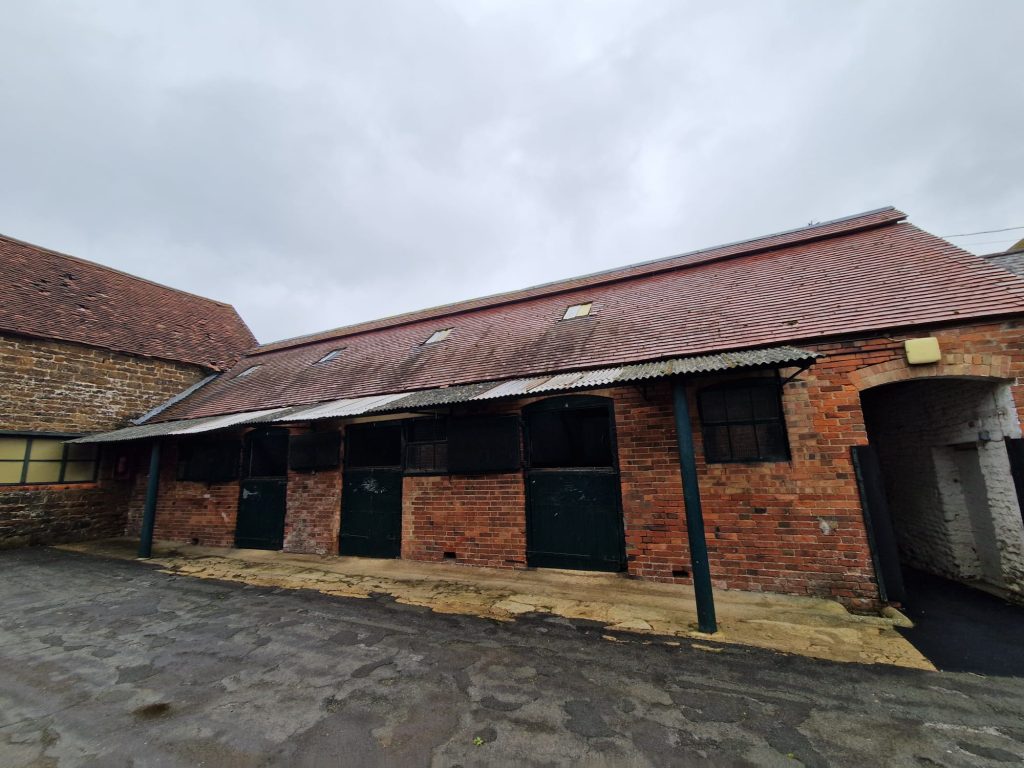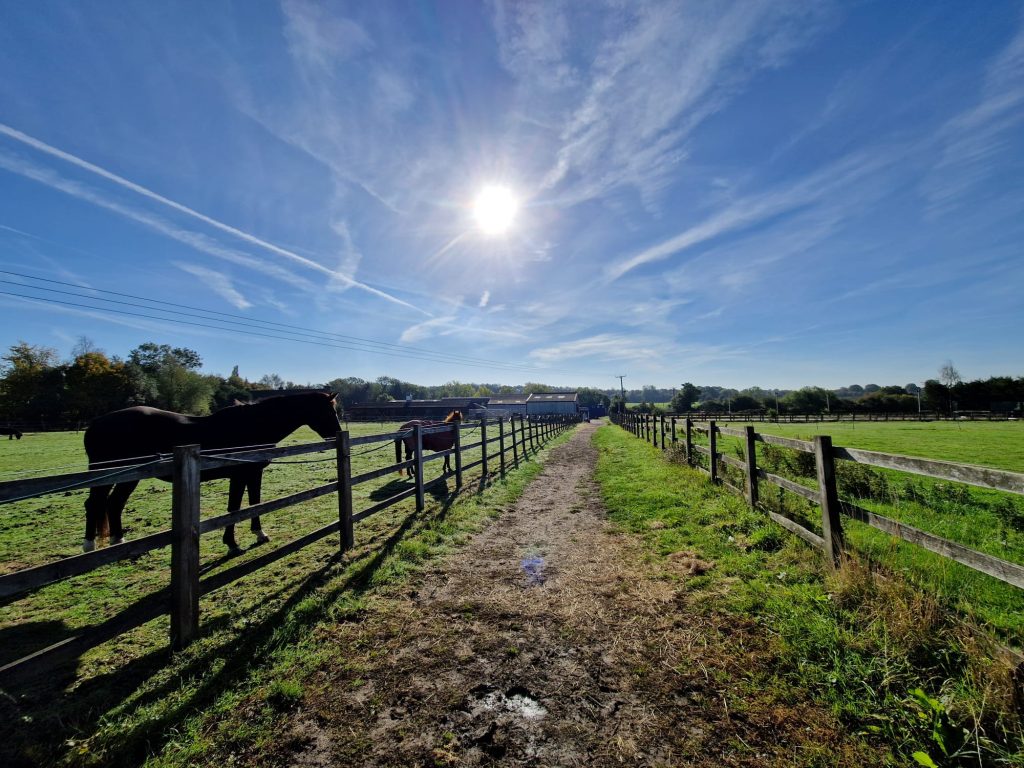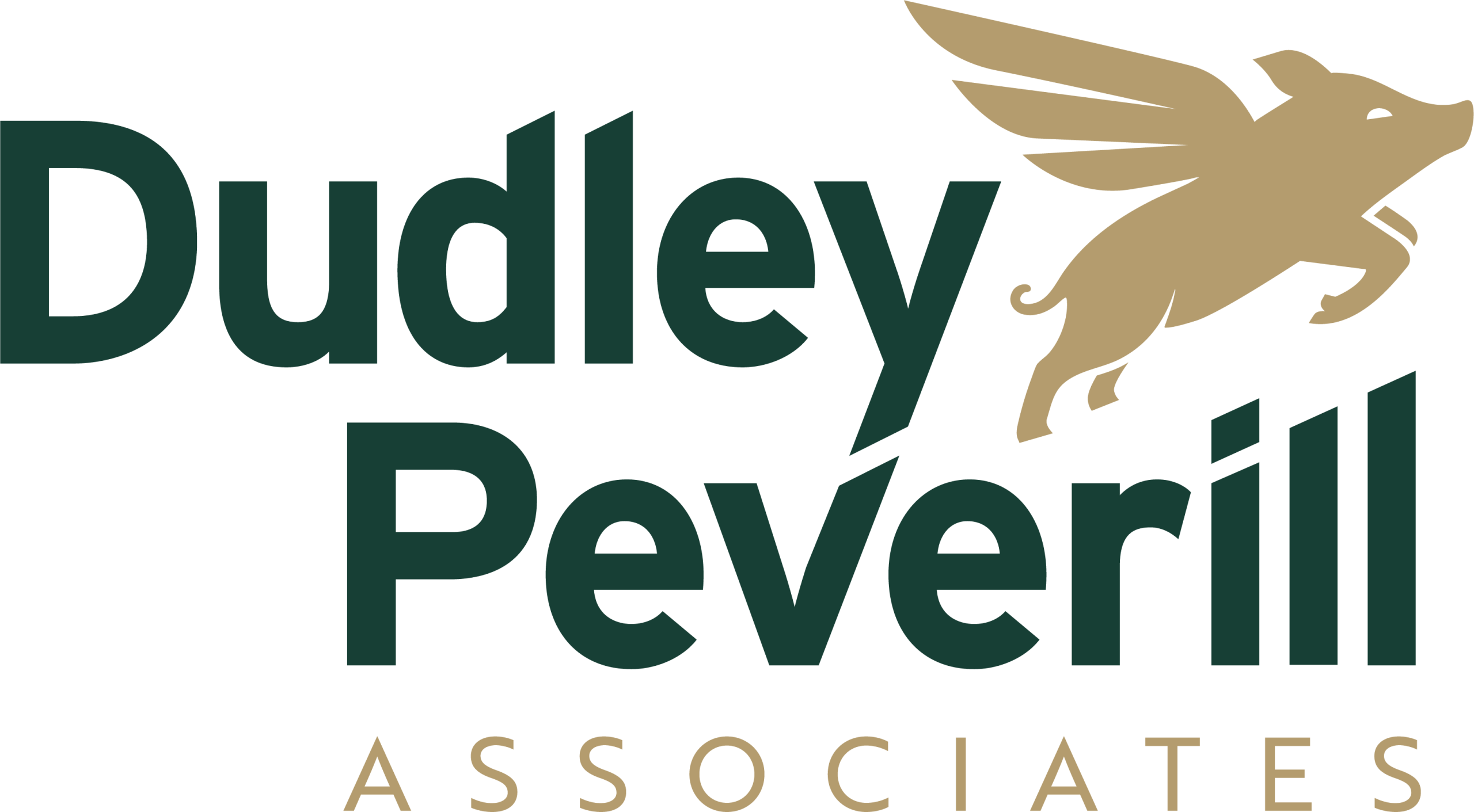In recent months, the number of inquiries from equestrian sites and businesses regarding diversification and redevelopment has significantly increased, and with good reason. While equestrian enterprises can be highly successful, they occupy a “grey” or convoluted space within UK planning policy, more often than not falling outside the permitted development rights afforded to agricultural sites and businesses (e.g., Class A, Class R, Class Q).
The Planning Challenge
Equestrian sites frequently face constraints that make redevelopment less straightforward than traditional agricultural holdings. Common issues include:
- Close co-location of buildings, which can limit scope for expansion, conversion, or viable spatial allocation and separation.
- No agricultural permitted development rights under Class Q (agricultural to residential) or Class R (agricultural to commercial) of the General Permitted Development Order.
This means that, unlike many agricultural sites, most equestrian sites must rely on a full planning strategy and application route for redevelopment and/ or change of use.
The Sykes Test — A Critical Consideration
The Sykes test remains highly relevant when assessing equestrian sites. If a site is used solely for grazing horses, it may still qualify as agricultural, only if they are being bred or kept for agricultural purposes, e.g. working horses, or meat/milk production, and permitted development rights could apply.
However, if the land or buildings have been used for livery, riding schools, or include facilities such as indoor arenas, the site will almost certainly be classed as equestrian for planning purposes, removing those permitted development rights.



Why This Matters
A full planning application for an equestrian site will typically require a much more comprehensive set of supporting design, technical reporting and statements to pass validation when compared to agricultural prior approval (GDPO). For example, these are more likely to extend to the following, as a minimum (non-exhaustive and site situation dependent):
- Transport and highway assessments
- Noise assessments
- Contamination risk assessments
- Flood risk assessments
- Ecology and landscape impact assessments
- Sequential testing
This creates a higher threshold for applications, incurring further cost and time when compared to prior approval routes.
Our Recommendation
Once you’ve established your position under the Sykes test, consider how to deliver volumetric and developmental betterment as part of your planning narrative. This may involve modest decreases in gross floor area, improved layout efficiency, or enhanced visual and environmental outcomes that strengthen your planning case.
Subject to historic use, local context, and the amount and permanence of built infrastructure, the site may be considered a brownfield (previously developed land). For example, private stables in a residential curtilage or simple grazing paddocks would not constitute brownfield land. However, redundant or active commercial liveries with multiple buildings and infrastructure are more likely to be considered brownfield. This will aid the acceptance of redevelopment, particularly if in more sensitive areas (Green Belt or National Landscapes), where proposals do not materially extend the footprint or volume, but offer enhanced openness and rationalising of built form.
It may also be worth exploring alternative leisure uses that complement the existing equestrian setting, such as wellness, tourism, or outdoor recreation, to improve viability and align with rural diversification objectives.
Final Thoughts
If you have an equestrian unit you’re finding difficult to progress through planning, we’d welcome the opportunity for a discovery call to explore your options and provide tailored advice.
📩 Get in touch with us at Dudley Peverill Associates to discuss your project.

